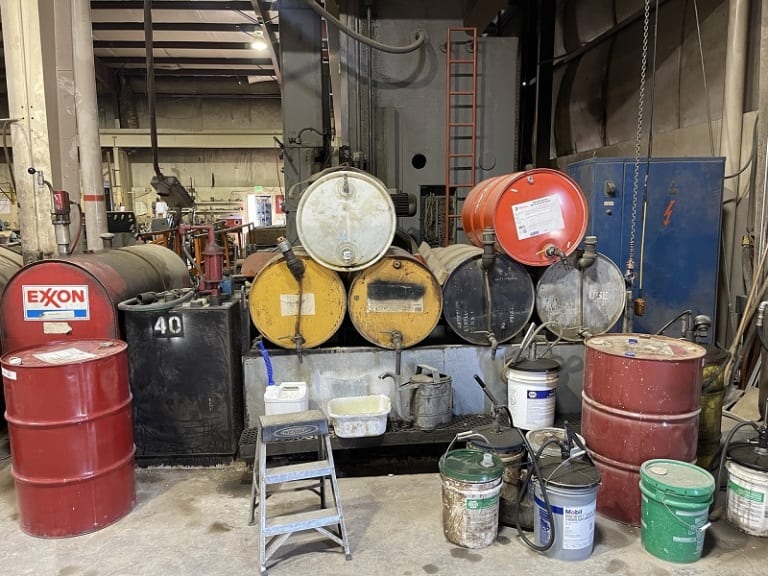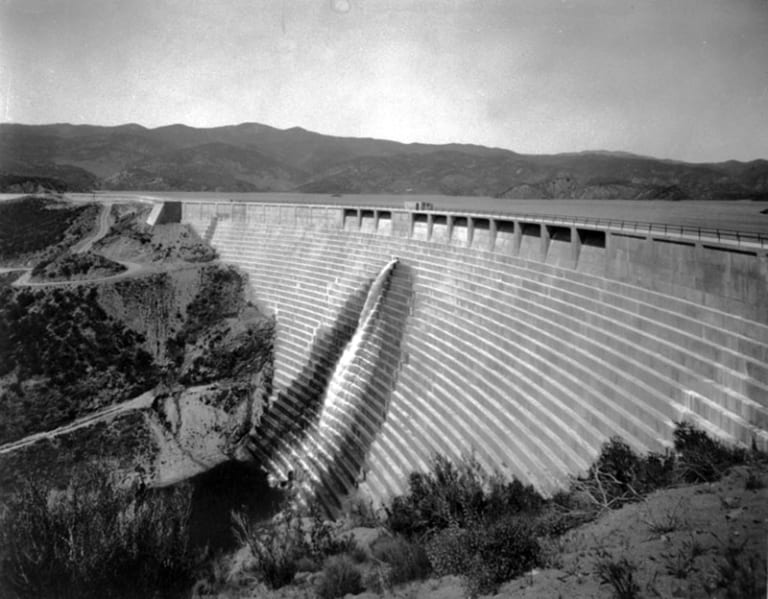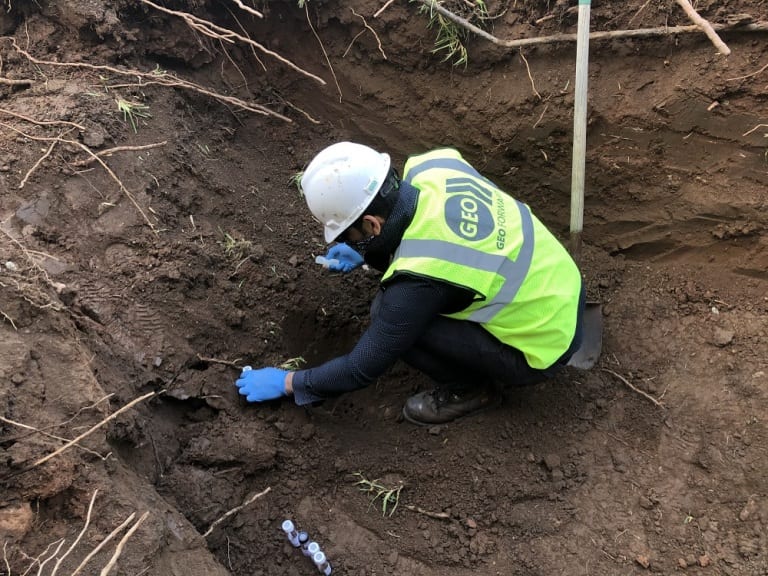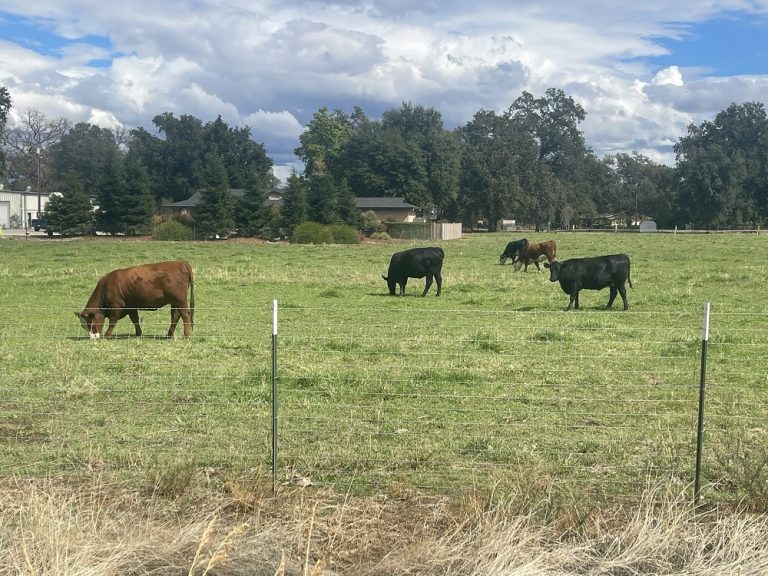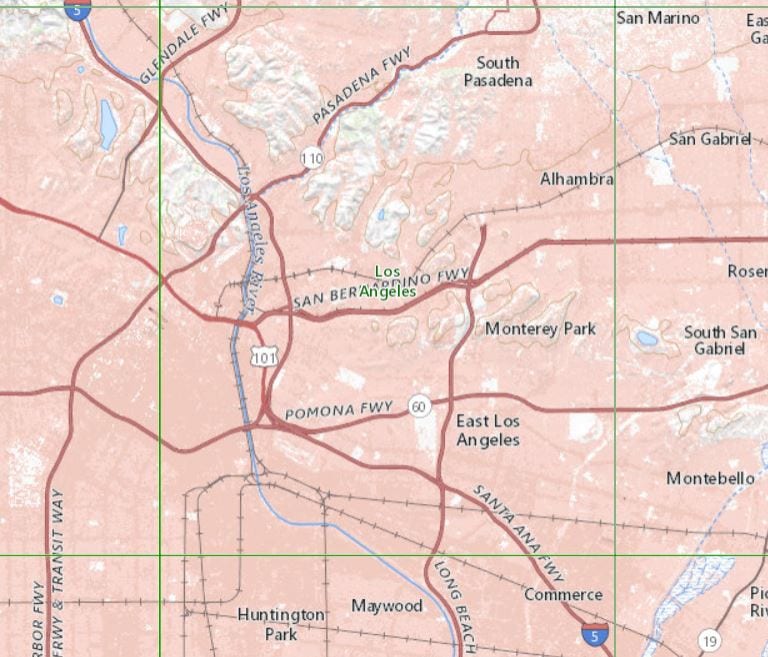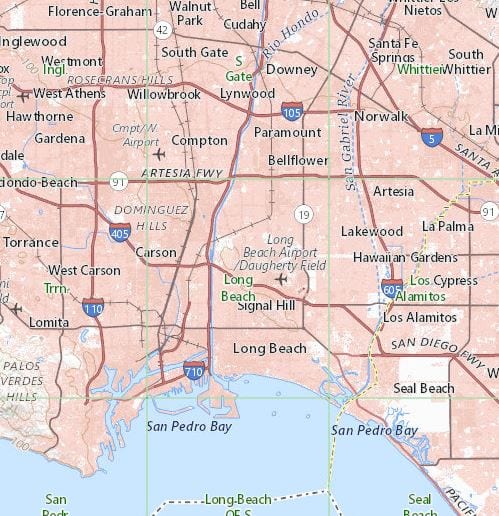Hydropower Energy
Hydropower is a popular renewable energy resource that generates power using flowing or falling water. Throughout history, hydropower has been crucial in advancing civilizations and producing energy. Primitive hydropower systems comprise water wheels to generate mechanical energy. Modernly, hydropower plants comprise hydroelectric dams. Updated June 15, 2023.
Historical Context
Hydropower is a resource that has been utilized for thousands of years. Hydropower can generate electrical power, as well as mechanical energy. In ancient times, civilizations like the Romans and Greeks harnessed hydropower to grind wheat and irrigate farmlands. And with the progression of time, hydropower became instrumental in manufacturing activities such as milling, mining, and textile production during the medieval period. Modernly, this form of power applies to the generation of electricity.
The Rise of Hydroelectricity
History of Hydropower
The shift from mechanical energy to electricity from hydropower mostly took place from the late 19th to the early 20th centuries. In 1882, the first hydroelectric power station in the world was constructed in Appleton, Wisconsin. While initially powering only the plant and two small buildings, it marked a revolutionary milestone in electricity generation and distribution.
Hydropower in the Present Day
In the present era, hydroelectric power offers limitless possibilities as a cleaner and renewable energy alternative to fossil fuels, capable of powering homes and businesses worldwide. According to the US Department of Energy, hydropower presently contributes 31.5% to the renewable energy generated in the US and approximately 6.3% to the total electricity generated in the country.
Methods of Generating Hydroelectric Power
There are three primary methods used to generate hydroelectricity. The first method is the “run of the river” system, where the force of a running river spins hydro turbines. The second method, commonly employed, involves storage systems. These systems store water in reservoirs, often regulated by dams, and use the flow through gates or tunnels to spin hydro turbines and power generators. The last method, pumped storage hydropower facilities, is rarely used due to being net negative producers. These facilities pump water from lower-elevation sources to higher elevations with dammed reservoirs, storing and releasing water during high-demand hours.
Benefits of Hydroelectric Power
Renewable Energy Resource
Hydropower relies on the natural flow or fall of water, which is a renewable resource as long as there is enough water provided by the source. Whether it be rainfall, snowmelt, or even moving tides, we can utilize the natural flow of water endlessly.
Cleaner Energy Source and Low Emissions
Hydropower is a cleaner alternative energy source that produces very minimal greenhouse gas emissions. There is little- to no- production of methane, carbon dioxide, sulfur dioxide, or nitrogen oxide in the production of hydroelectric power.
Reliable Source of Energy
Hydroelectric power plants are capable of providing a consistent and reliable source of electricity to businesses and residences. Engineers not only have the ability to control the flow of water to match the demands of the community, but they can also store energy by pumping water upstream during periods of low demand and releasing the water to generate electricity during peak hours.
Flood Control
Hydroelectric dams and reservoirs offer flood control. They can provide water storage during periods of heavy rainfall. Hydropower plants can also release water gradually over time to reduce the damages and flash floods at lower elevation communities.
Environmental Implications
Despite its many benefits, Hydropower does face some challenges. For instance, dams disrupt ecosystems, fragment habitats, displace communities, and alter river flows. In response to these environmental concerns, geologists and biologists collaborate to develop projects that mitigate these impacts. This shift towards eco-friendly hydropower initiatives results in improvements like fish ladders. Fish ladders provide spawning fish with passage around dams and human obstacles.
Hydropower holds a promising future as a renewable source, capable of providing both mechanical and electrical power. As society grows more conscious of environmental and social factors, the prospects for hydropower technology are optimistic. The rising demand will be met with more efficient and environmentally friendly hydropower solutions.
Authors:
Written By: Michael J. Sabo
Edited By: Adam Azad Kaligi


